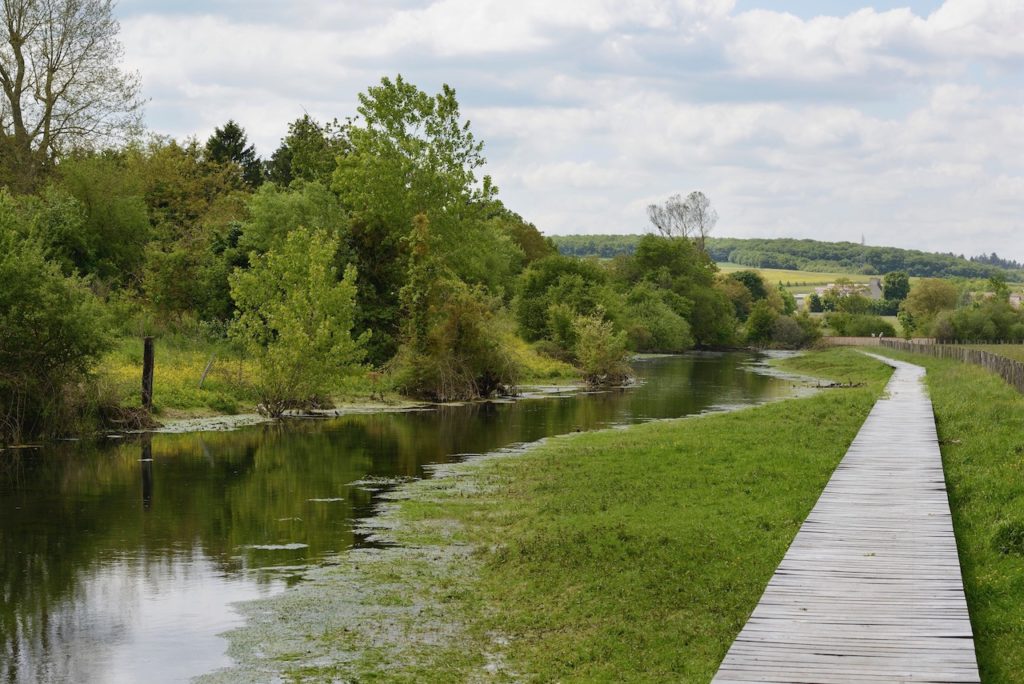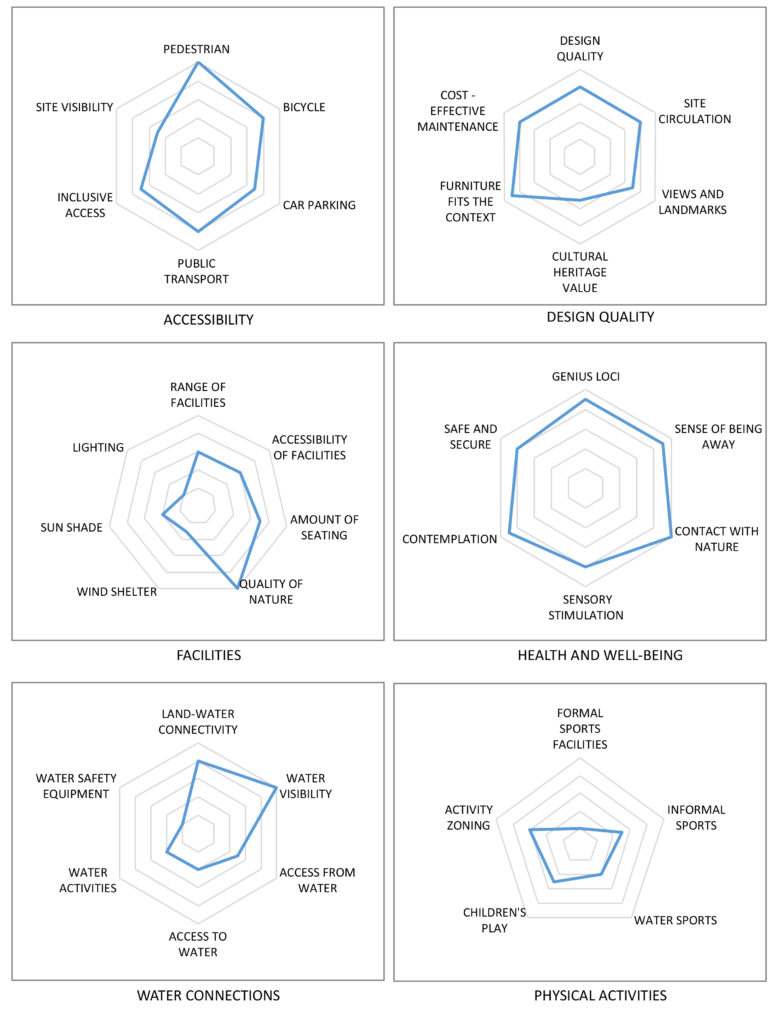
Architect
Agence Territoires
Type of Area
Medium-sized river with natural banks
Land/water interaction
Boardwalk
Bridges
Marshland
Built Environment Types
Moderately built
Moderate green
Scale of Impact
Block
District/ neighbourhood
Intervention Scale (Spatial)
Linear development – single intervention
Project Types
Riverfront development
Urban/ Rural
Urban periphery
Visibility and Openness
Fully enclosed
Fully contained view
A Wetland Walkway by the River.
This project at Norges-la-Ville in France is a wooden boardwalk system accompanying a small stream on the edge of a village-like peri-urban settlement in the vicinity of Dijon. It was planned and realised by Agence Territoires landscape architects in 2013 as a linear development along quite different water landscape contexts, while displaying one unifying character. The path is built modestly for everyday outdoor recreation. While it can be easily accessed it is at the same time almost immersed into the connected meadow landscape.
Norges-la-Ville has recently developed from different villages along the Norges stream. As more commuters from Dijon have moved to the countryside, the settlements have changed in appearance and identity. This new “rurban” condition asks for a different design approach, which includes the dynamics of water and seasonality.
The meadow landscape changes depending on the season and the level of the water which when high inhibits the ability to enjoy the beauty of this landscape. The boardwalk crosses a symbolic border into the meadow, moving from the domesticated to the natural. The design respects the natural stream environment and keeps the path above the water level during seasonal overflows, which transforms the whole meadow into a temporary swamp.
This special context demanded a humble material choice and the landscape architects chose a wooden boardwalk, which flirts with the stream by touching and crossing it and maintaining the contrast between the winding river and the straight lines of the boardwalk which raises the visitor above the ground to discover the local landscape with minimal human impact.
An old flax retting pond was converted into a natural pond and the drainage ditch upstream was developed to diversify the habitats. Shrubs were planted to create soft embankments with water margin plants. The intervention has enlarged the space around the source of the river with a large wooden terrace and the site maintenance is carried out through mowing or grazing as recommended following an ecological inventory.
Perception and Meaning
Accessibility
Knowledgeability
Genius Loci
Health and Wellbeing
Restorativeness
Sense of being away
Tranquility
Interaction with Water
Visual

This project performs well in most of the categories due to its location. The design improves accessibility to the site by a bridge and connects the boardwalk with the village centre and road, but this of course is only for pedestrians. From outside of the wetlands the visibility is limited.
The geometrical design is a particular feature and contrasts with the lush appearance of nature. The focus of facilities provided are directed towards the surrounding area rather than equipping the project with functional elements. The local climatic conditions as well as the proximity to the village does not call for an abundant assortment of wind or sun protection nor artificial lighting.
The visual and symbolic connection to the water landscape is more important than possible activities and immediate access to it. Its naturalness and uniqueness and sense of place makes this project a successful waterfront development. Figure 11.5 shows sketches analysing the project.
